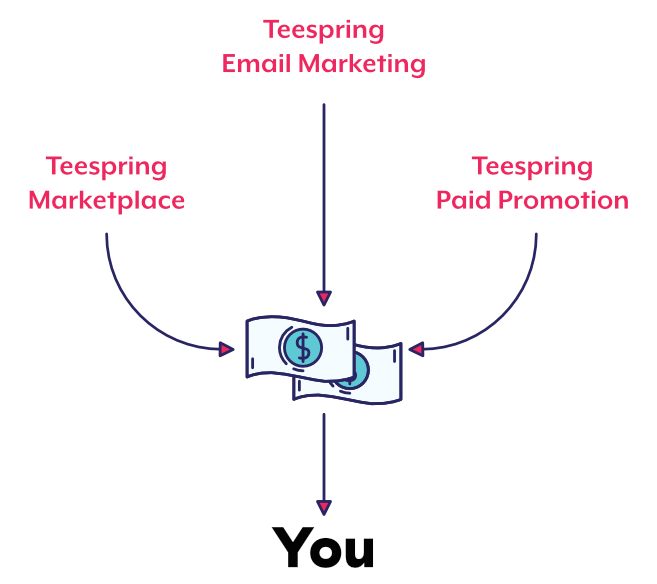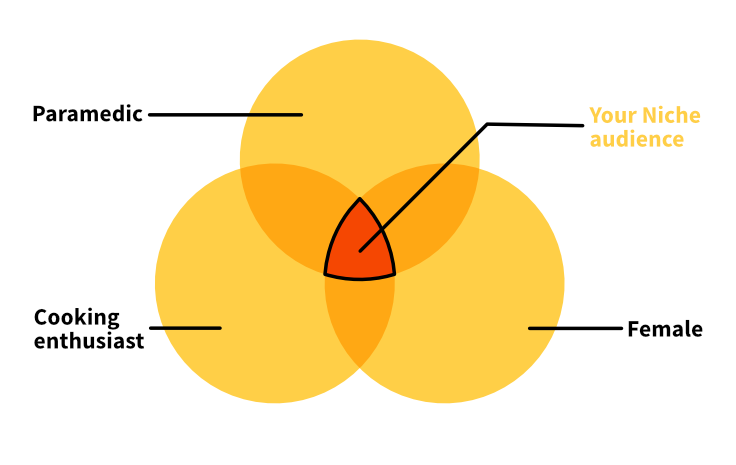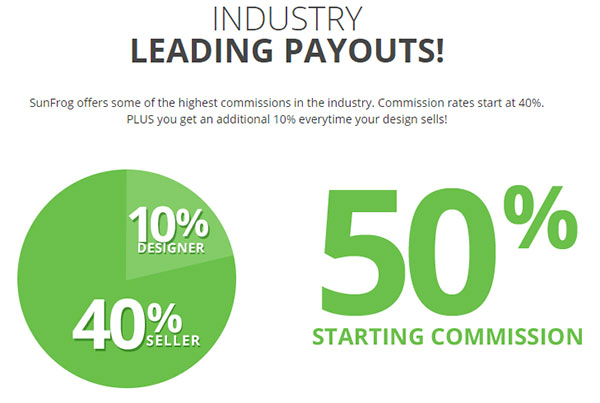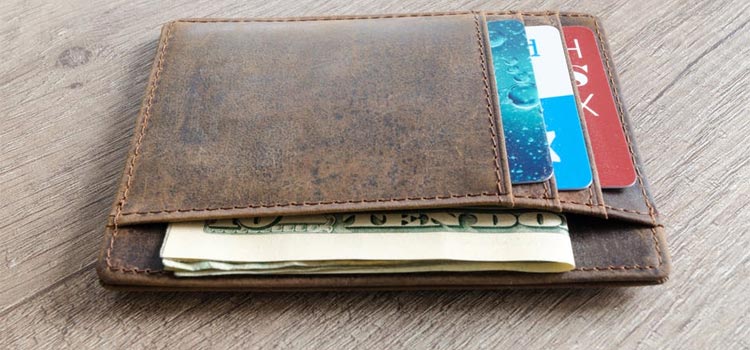If you’ve got an eye for style and want to design and sell t-shirts as an online business, you’d be surprised how easy and beginner-friendly this niche has become.
- Inbox Dollars - Get paid to check your email. $5 bonus just for signing up!
- Survey Junkie - The #1 survey site that doesn't suck. Short surveys, high payouts, simply the best.
- Nielsen - Download their app and get paid $50!
In fact, there are several ways you can launch a shirt business online.
These methods vary based on the effort you’re willing to put into it, the amount of capital you have, and the business model you prefer.
There are two parts to every t-shirt business:
- The designing part (which involves your creativity)
- The business side (which includes marketing and selling the shirts)
These days, you only need to possess one of the skills to start making money selling t-shirts.

For example, if you know your way around Illustrator, Corel Draw, Adobe Photoshop, and other traditional design software, you can go a long way with various t-shirt design styles.
You don’t even have to be good at selling, since some websites host your designs for a fee and market your designs for you.
On the other hand, if you have a bigger capital fund with strong business skills, you can hire an impressive shirt designer and handle the online selling afterward.
Step 1: Design a Custom T-Shirt
Those who are banking on their creativity to launch an online t-shirt business will most likely use Illustrator, Corel Draw, Adobe Photoshop, any vector-based designing program, or a combination of two or more traditional design software.
If you prefer using built-in shirt design platforms that come with sites like TeeSpring, then you have to master their particular designing platform instead.
If you wish to hire a t-shirt designer either part-time, full-time or on a per-design basis, you could find endless talents on design communities like Deviantart, Dribble, or Behance, among others.
Some of these artists may not be for hire though, so if you want to be sure, you may scout from freelance sites like Fiverr or Upwork.
You can even find people who are already selling t-shirt designs for a living.
Aside from the image editing or graphic design software, you also have to consider three important things:
a. Determine Your T-Shirt Niche
Ask anyone in the t-shirt printing business and he/she will say that the industry is saturated.
However, this statement changes when you land into a niche worth exploring. The niche could be anything from pop song lyrics with a cat’s meow twist or band logos featuring a unique customization…as long as it appeals a specific market.
Your chosen niche can even be as common as “funny statement shirts,” but with a unique category such as “funny shirts for architects.”
This may seem hard to brainstorm, but once you’ve hit gold on an idea, you’ll know it instantly.
b. Develop Your T-Shirt Brand
You don’t have to compete with global brands like Guess or Givenchy, but your shirts do need to have its own personality to grab your customers’ attention.
Big companies create mission and vision statement before their launch because these serve as guidelines about what your company believes and wants to share to the world.
As a t-shirt printing business, branding is vital to create recognition, build customer trust, guide your advertising and marketing efforts, build financial value to your products, and generate future business.
No joke. Here are the fastest ways to make easy money online. Click here to see how.
Branding gives your shirts a distinct personality that customers won’t find anywhere else.
c. Decide on Your T-Shirt Printing
Before you tackle the design and sell t-shirts online, you’ll be faced with operational decisions like this one.
The type of printing to use is a big decision, especially if you are planning to manufacture the shirts on your own (below, we’ll discuss the other option where you don’t have to do anything beyond designing your shirts).
There are several printing methods used in the t-shirt business, but these three are the most popular:
- Screen printing – You can start small with just basic screens and paint, or go big with massive screen-printing setups. This method is the most labor-intensive, but it is also the most cost effective (especially if you’re working on bulk projects and with minimal colors). As more and more colors are required for a specific shirt design, screen printing becomes an expensive production method. `
- Heat transfer – This method requires a heat press machine, which means you have to shell out for equipment upfront. The advantage of this method is that you can “print” a full-colored design on a single shirt or dozens of shirts with the same costs so this means you can print on demand. The problem, however, is that heat transfer-produced shirts are known to chip quicker than prints from screen printing.
- Direct-to-garment – Ideal for designs with intricate details or numerous colors, this method is similar to your inkjet printer at home. A DTG prints the design directly onto the shirt, so expect a higher accuracy and unlimited color options. Unfortunately, the problem with this method is that it isn’t cost effective for bulk printing.
You can use 100% cotton for shirts, or go with the industry-standard cotton/polyester blend.
Note that if you’re going with the heat press route, you need to add pressing time if you’re planning to use 100% cotton shirts. Finding a good shirt supplier is another task you’d have to check.
Step 2: Sell Your Custom Shirts Online
Now that you have chosen your niche and decided on branding, you have to figure out how to sell your shirts. Here are 3 options for selling your t-shirts online:
a. Create a website, sell your shirts there
It’s super easy to create an online store these days. With ecommerce platforms like Shopify that allow even beginners to build a website with just several clicks, anyone can start selling in just an hour of set-up.
If you’re familiar with WordPress, HTML or a way to create websites from scratch, then you can do-it-yourself as well and customize the store to your heart’s content.
Cost-wise, you might need to spend anywhere from zero to $20/month in operating an online store. This is on top of the t-shirt printing equipment and supplies.
This route is best for t-shirt companies with its own following, or a startup with a huge upfront capital. It works for entrepreneurs with experience in this field and overall business knowledge.
The advantage of having your own website is that you are totally in control of prices, shipping procedures, promotions, and marketing.
Your brand is also safe from possible closure in the future (some sites do shut down and any hosted stores may be included).
b. Create your design and sell them at t-shirt marketplaces
You still design the shirts and handle production, which means you’d still require capital for equipment, labor, and supplies.
However, instead of working to spread word about your website and sell your t-shirts to the right audience (as with the first route), you join marketplaces like Etsy and sell your products there.
With sites like TeeSpring and SunFrog, you create an account, upload your t-shirt designs and let the company handle everything else (from printing, processing, shipping and post-sale customer support) whenever a customer buys your design.
These sites get a cut from every sale though.
Good thing you have total control about prices, but since there is a lot of competition within the site, reducing prices to compete may be your only choice.
You can make money from home and it doesn't have to be challenging. Click here to see how.
The advantage of this route is that you can jump right into the marketplace even if you’re just new to the industry.
The customers are already there.
However, the problem with these sites is that they require a minimum amount order per design, which means they only print out your design if 10 or more people order within a given timeframe.
c. Drop-ship your shirt designs via a PoD vendor
In this method, you create t-shirt designs, then upload your portfolio at a print-on-demand vendor like Zazzle, DeviantArt, Threadless, Cafepress, and more. (Read about the pros and cons of each print-on-demand t-shirt vendor here).
Unlike t-shirt marketplaces that has a minimum order, print-on-demand vendors “print” your designs even with just a single order.
PoD vendors also get commissions with each sale, so choose which vendor works best for you. The great thing about these vendors is that you can expand your products from just t-shirts to practically anything (mugs, caps, hoodies, pillows, etc.).
As long as the PoD vendor offers it, your design can be adapted to any product available.
What’s the best well to sell t-shirts online?
When it comes to selling your product, you’ll have options no matter the amount of capital you have.
After you’ve given time with product research and branding, we recommend trying out t-shirt marketplaces and print-on-demand services first. While you build a name for your product, create a website on the side and begin to offer new t-shirt designs there as well.
It’s important that you have 100% control of your businesses, especially when your business is based completely online.
It’s just as important not to have all your eggs in one basket, so selling your products in multiple platforms is the way to go.
Note that some third-party sites may require exclusivity, so be wary before upload your t-shirt designs and figuratively “signing the dotted line.”
Wrap Up: How to Design and Sell T-shirts Online Like a Boss
There are multiple ways you can launch a shirt business online. The main difference of this business to traditional ones is that you can design and sell t-shirts completely online. There will be some legwork and research involved at the start, but not so much after launch.
For those who are serious, these three major decisions will help you shape your online t-shirt business:
- Design the shirt on your own vs. hire a designer to turn your ideas into reality
- Manufacture or print your own shirts vs. leaving the production process to the hands of a third-party company
- Sell shirts on your own site vs. selling them on a third-party site
Of course, every route you take has its pros and cons. Some people are making a killing on sites like TeeSpring, but others find success on their own sites but with major advertising involved.
The only surefire way of succeeding in this business is by treating it like any other business – work at it day in, day out, and continue to learn every aspect of the business from sourcing supplies to accounting, marketing, and so on.







